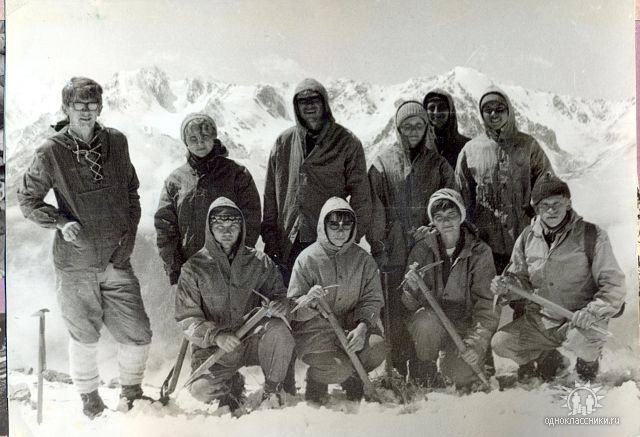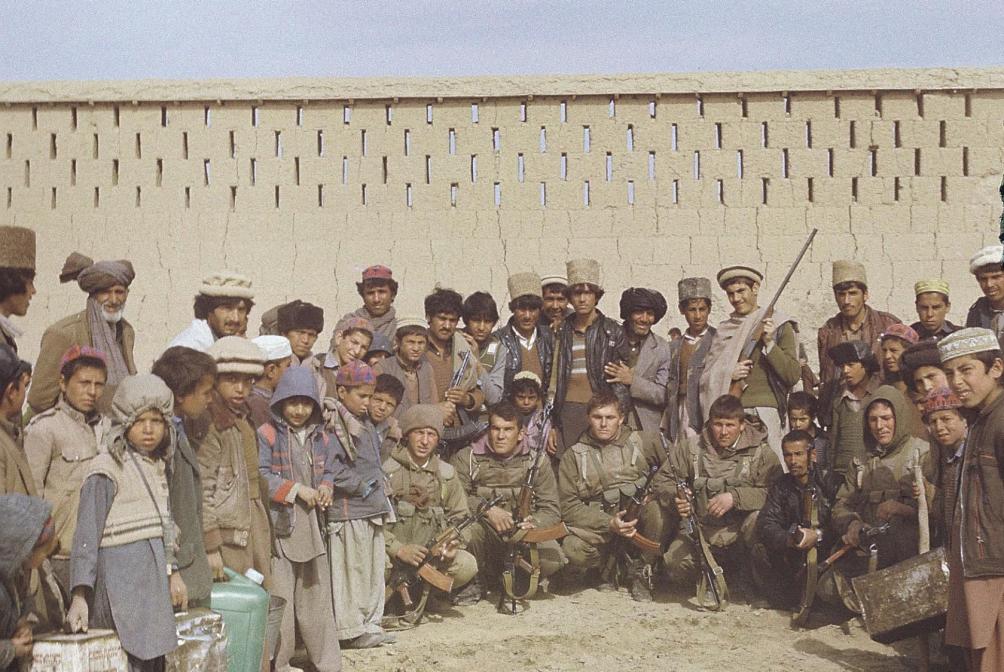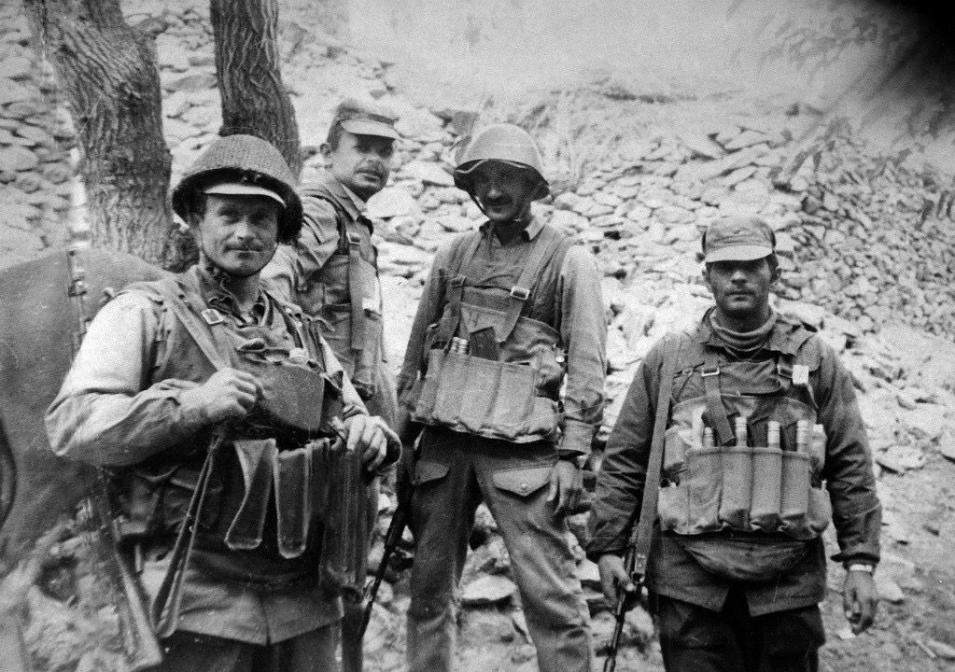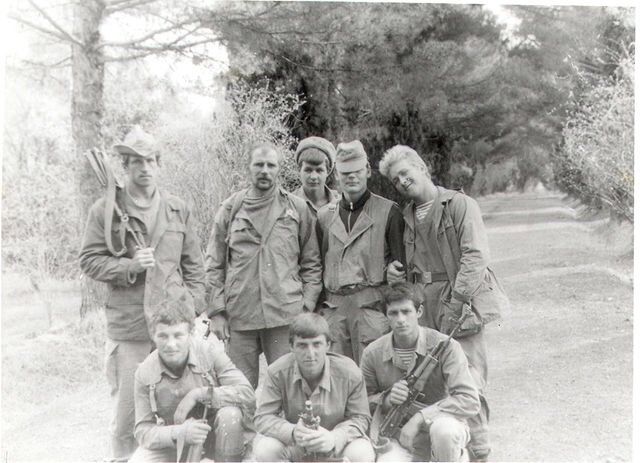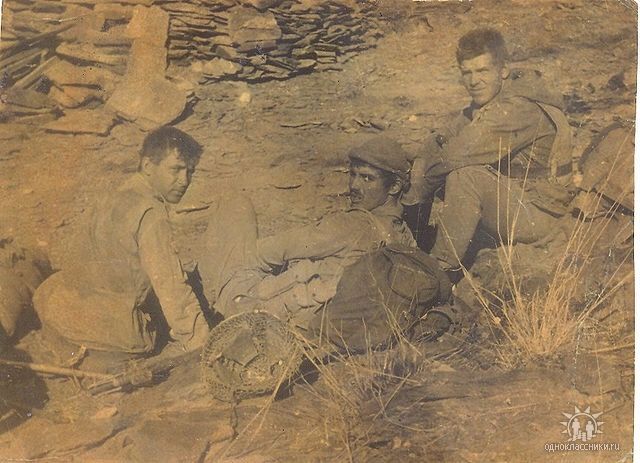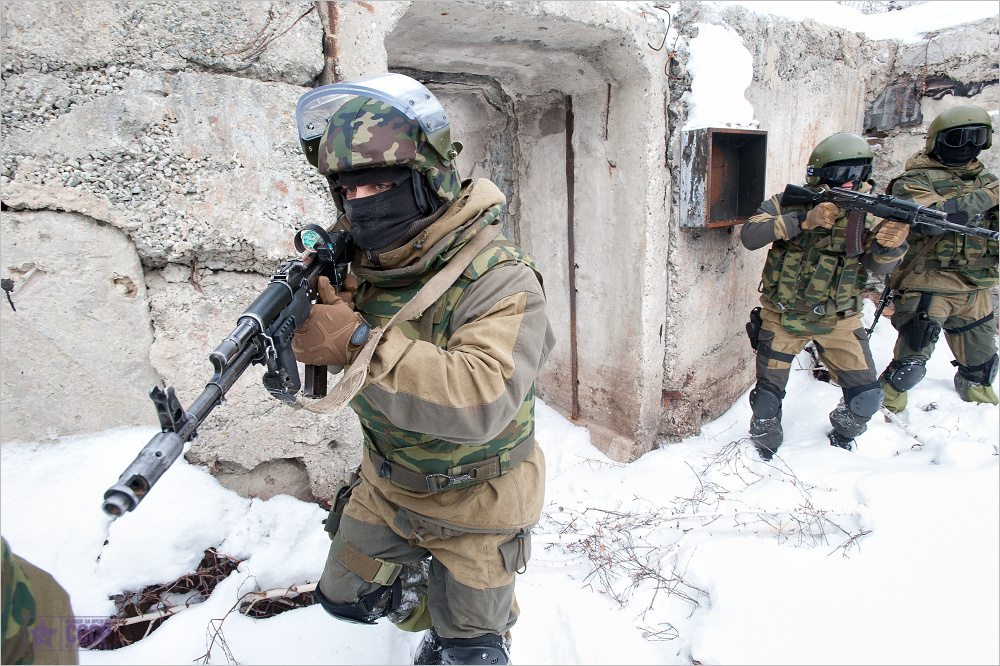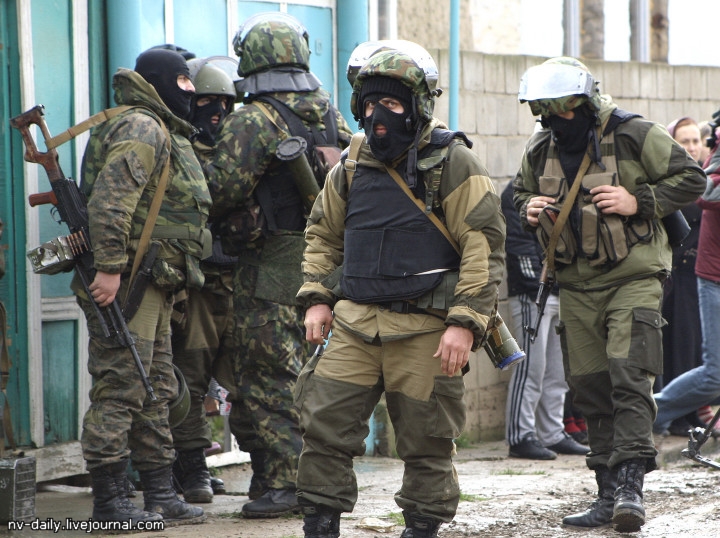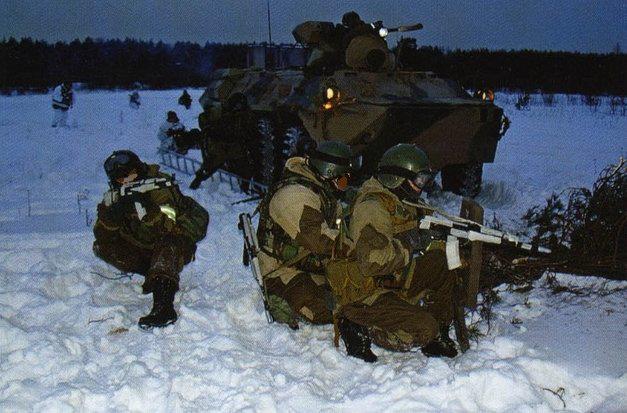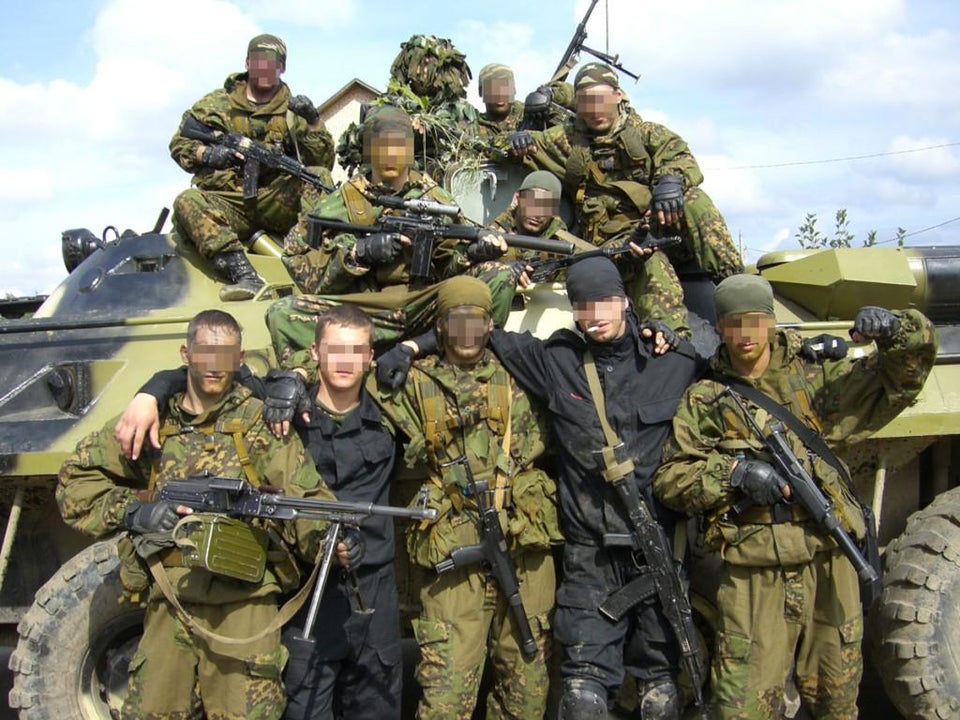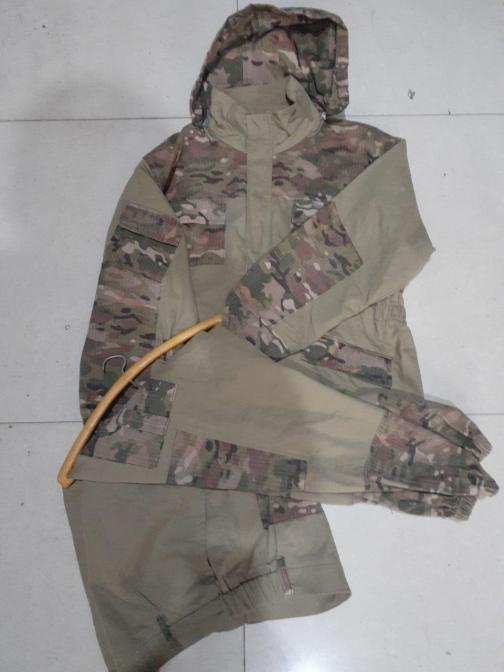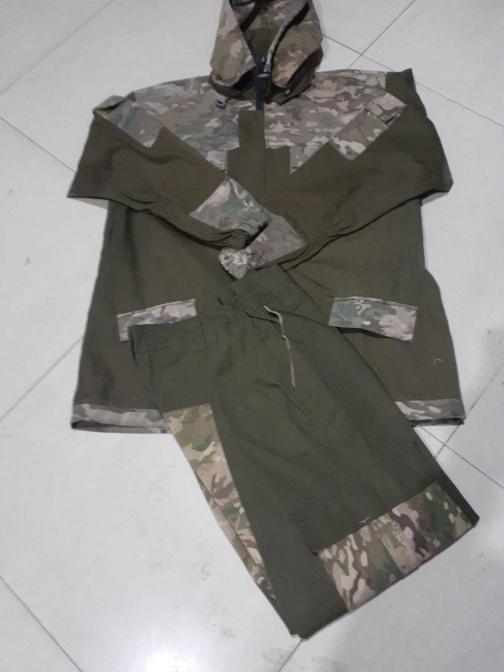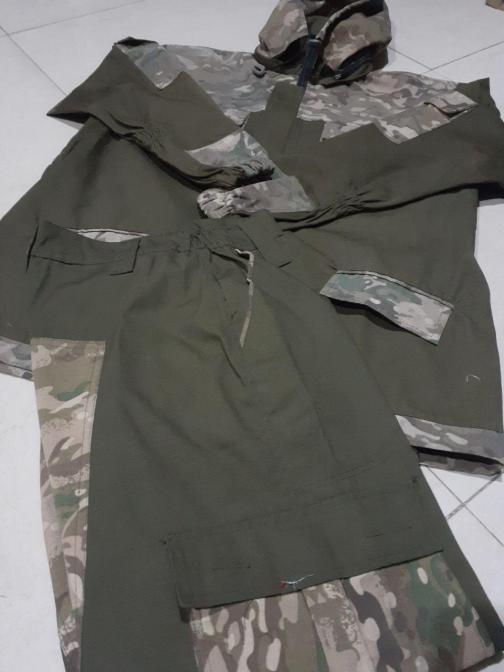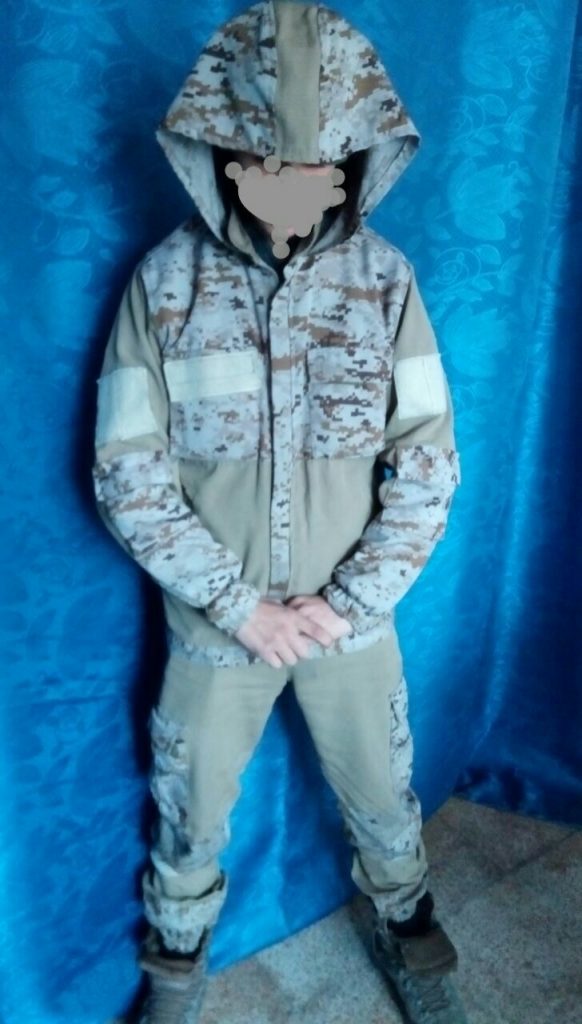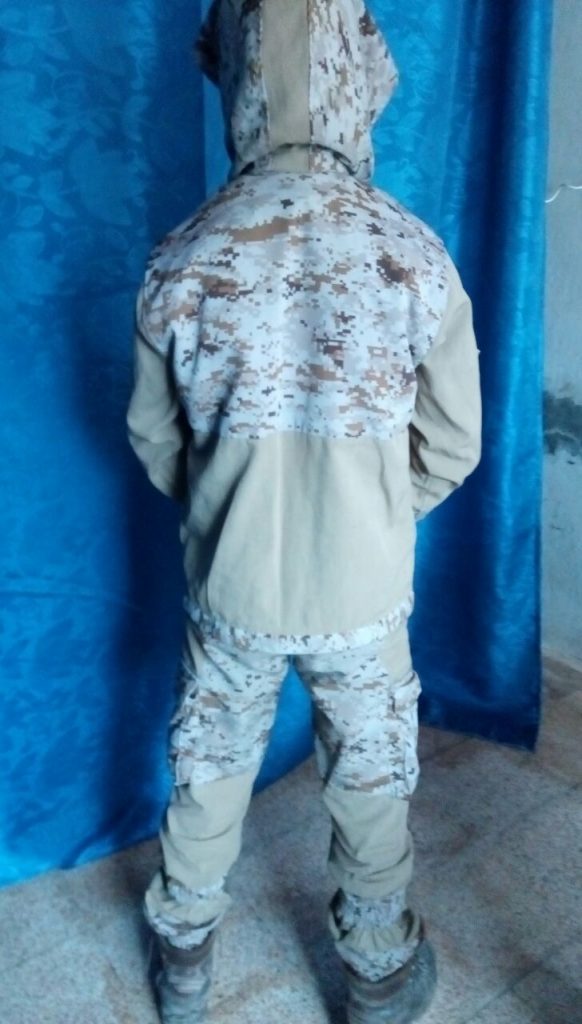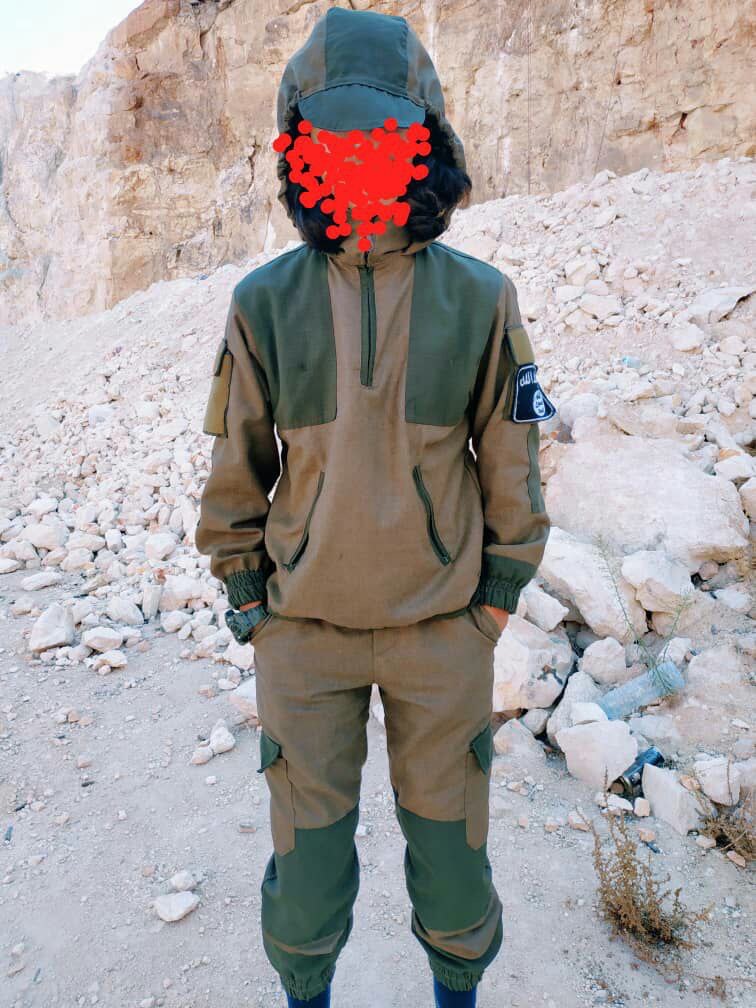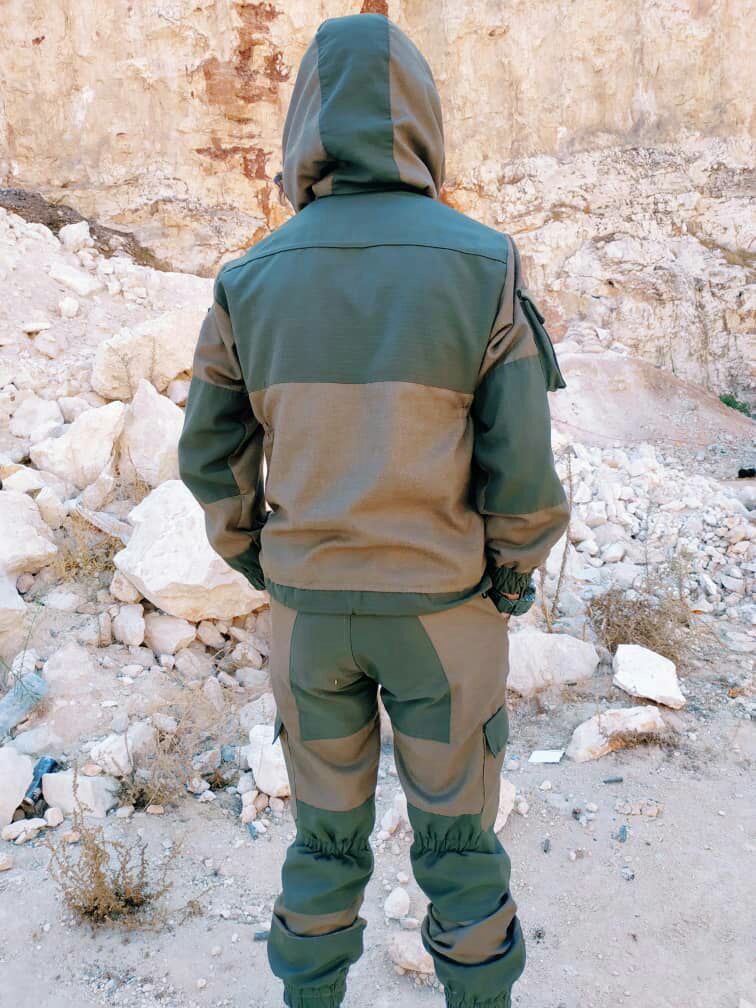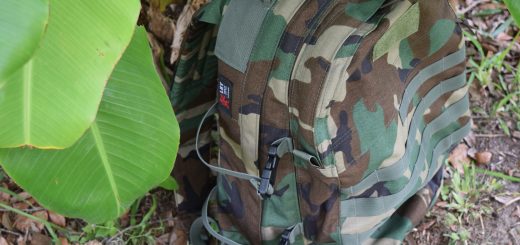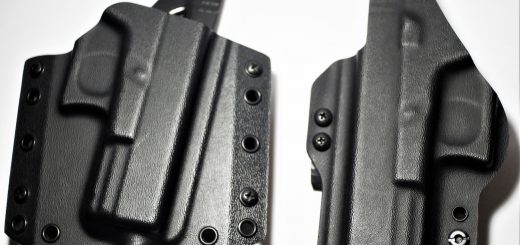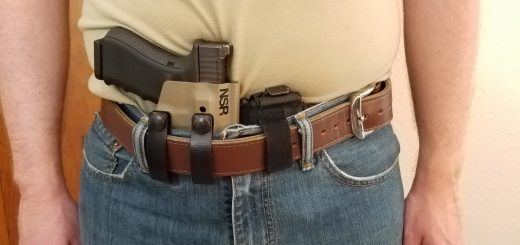Gear Analysis: The Gorka In Idlib
Courtesy of Freelancers conflict blog
The Gorka suit is one of the more interesting cases of gear ubiquity among non-state combatant groups in the Syrian Civil War. While most militias in the region can claim to have fielded a few of the suit’s variants, one side in particular has championed its use. And no, they’re not the suit’s creator (Russia), nor the Russian-backed SAA. Sunni fighters in Idlib Province, primarily loyal to Hayat Tahrir Al-Sham (HTS), a Salafi jihadist group that controls much of the province, can be seen wearing the Gorka in surprising quantities, which has even lead to the creation of locally made clones of the suit in almost every cut and camouflage pattern under the sun.
Let’s take a look at the origins of this suit, why it’s so popular among Syrian militias, and analyze some pictures from both the front lines and online equipment bazaars.

What is a Gorka suit?
The Gorka suit, in a military context, has its origins in the Soviet-Afghan War (1979-1989). Based on civilian climbing/mountaineering clothing (pictured below), the Gorka was modified to fit the needs of Soviet troops in harsh mountain climates.
The Gorka 1, first issued to specialized mountain warfare troops in Afghanistan circa 1981 (with prototypes issued to some special forces units for testing as early as 1975), was made solely of canvas, and acted as a tough, wind-stopping over-suit that enjoyed a significant level of popularity among its users.
After the Soviet-Afghan war ended, the Gorka changed exponentially. While the Gorka 1 was still the predominant mountain warfare suit used during the 1st Chechen War (and the beginning stages of the 2nd Chechen War), the wars in the Caucasus prompted massive shifts in the design of the suit. Nowadays, the Gorka is usually made of both canvas and nylon, and is two-toned or camouflaged. They’re made by an almost infinite list of brands, but the most popular suits are produced by SSO/SPOSN, BARS, Viking, Blok-Post, and ANA. Pictured below are some examples of the “modern Gorka” being used by the Russian military.
Why is the Gorka so popular in Idlib?
The spread of the Gorka suit to opposition forces in Syria can be explained by one region: The Caucasus. Foreign fighters from Chechnya, Dagestan, Ingushetia, and even “mainland Russia” have introduced many things into the Syrian Civil War, but their equipment has made a surprising impact. For Islamic militants from the Caucasus, the Gorka is nothing new. Many militants who previously fought in either the conventional or insurgent phases of the 2nd Chechen War fought against Russian soldiers wearing Gorkas, and may have even been wearing Gorkas themselves while they did it.
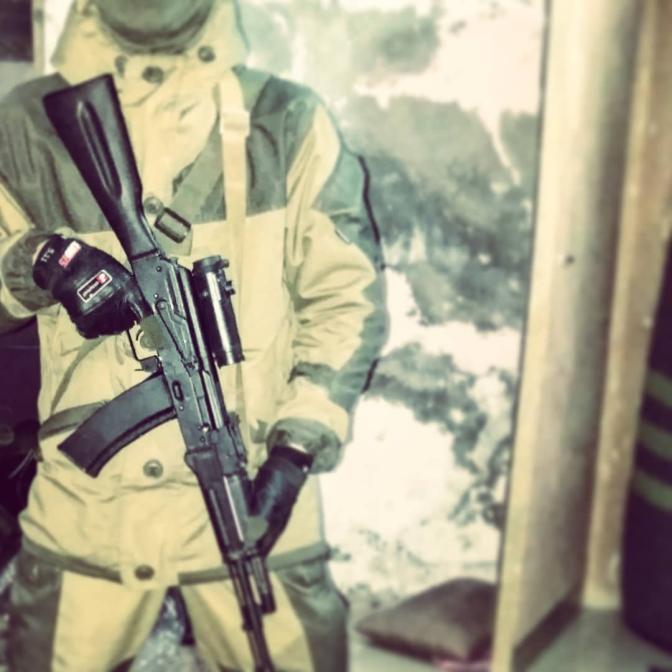
In Syria, the Gorka provides a plethora of tactical advantages. It’s typical tan/brown coloration blends in decently with Levantine forests and plains, as well as the tan/grey-dominant urban environments the country is known for. Despite what many people appear to think about Syria (and the Middle East as a whole), it does get cold. During the winter months, temperatures tend to range between 30-50°F (-1-10°C), a perfect climate to wear a Gorka over another warming layer for an optimal combination of insulation and wind-proofing. The tough canvas and nylon construction of the suits provide durability when fighting in both urban and rural environments, an important quality given the low budget of many fighters. Let’s take a look at some examples of fighters sporting the suit:
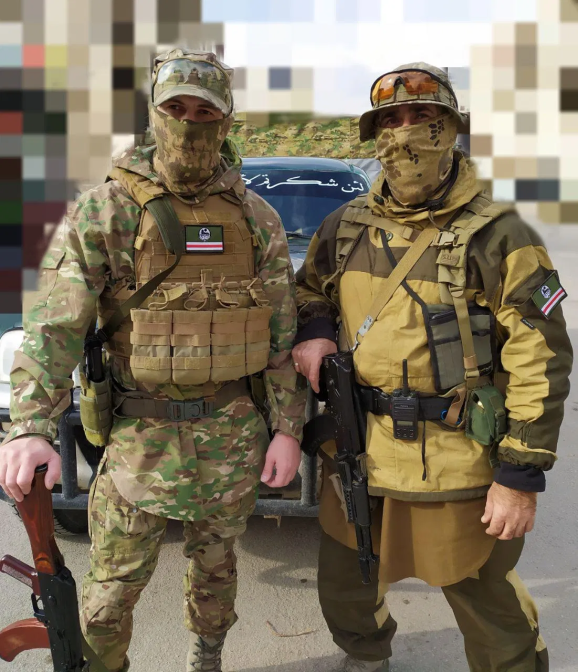
Spotted in this picture of two Chechen fighters is what appears to be a Gorka made by one of the many off-brand Russian companies that produce the suits (tag on left sleeve is indicative of this, as none of the more popular/high quality brands producing the suits use such branding). While rare in the western world, these cheap Gorkas are quite common in Russia and the Caucasus, and were likely smuggled into Idlib through the Turkish border.
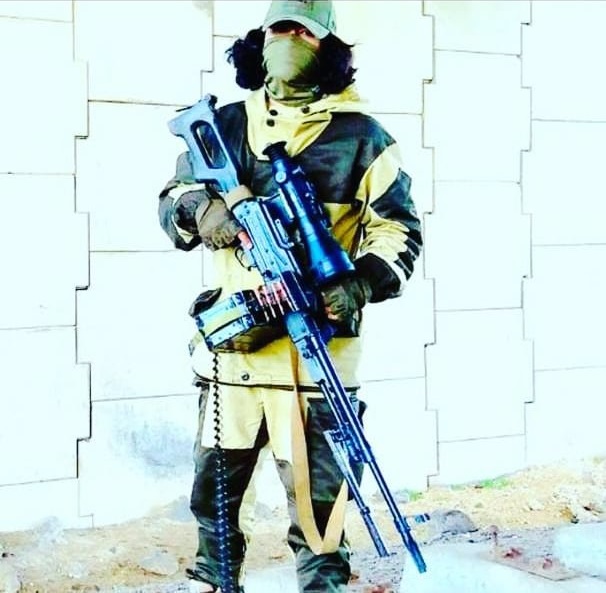
This suit appears to be locally made. Locally made Gorkas are quite easy to spot, as the contrast in color between the nylon and canvas portions of locally made two-tone suits is often significantly higher than that of imported suits.
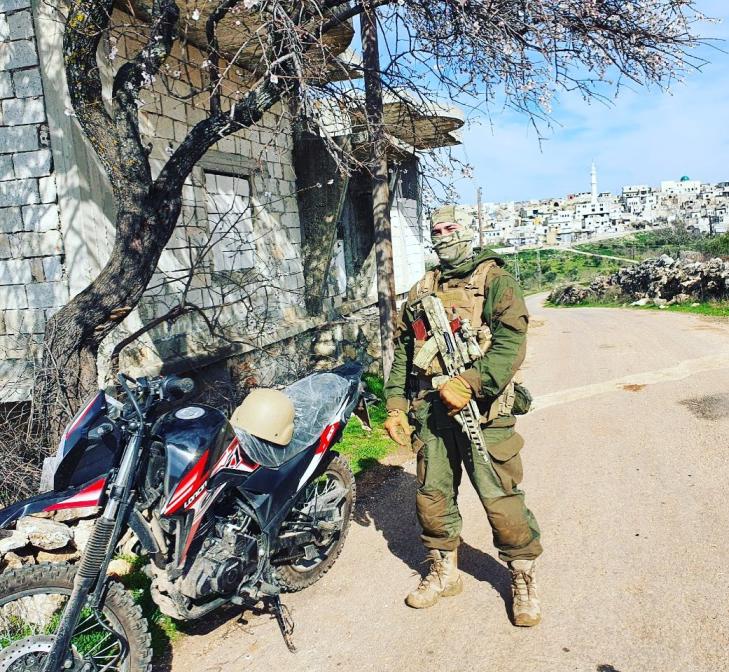
This suit appears to be a knockoff of a Russian ANA Gorka based on the coloration and cut. We can identify this suit as unauthentic because of the shape of the leg pocket flaps, which are far too rounded, as well as the inclusion of built-in knee protection.
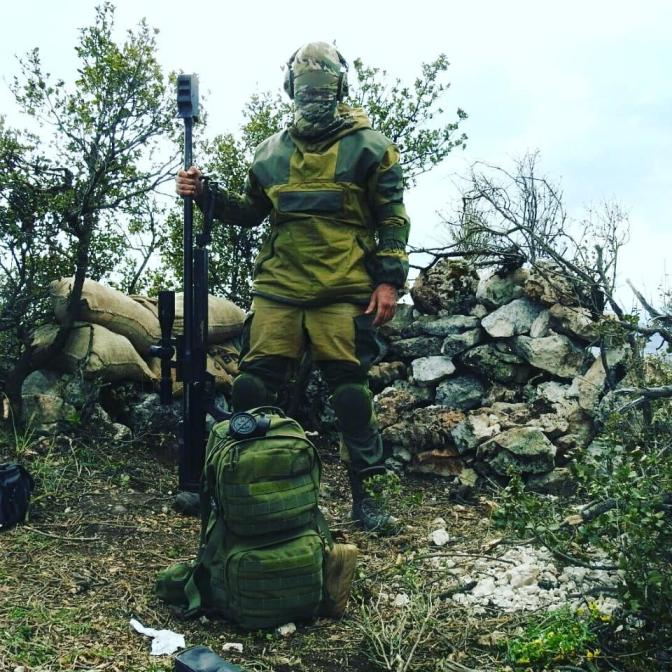
This suit is a BARS Gorka-4. The Gorka-4 can be identified by its large chest pocket, designed to hold maps and other documents, as well as the distinct BARS coloration, which this suit matches with. This is a relatively high quality suit, and is popular with Russian and Western audiences. The Gorka-4 is not commonly copied by local craftsmen, likely due to the slightly increased complexity of the design compared to the very commonly copied BARS Gorka-3.
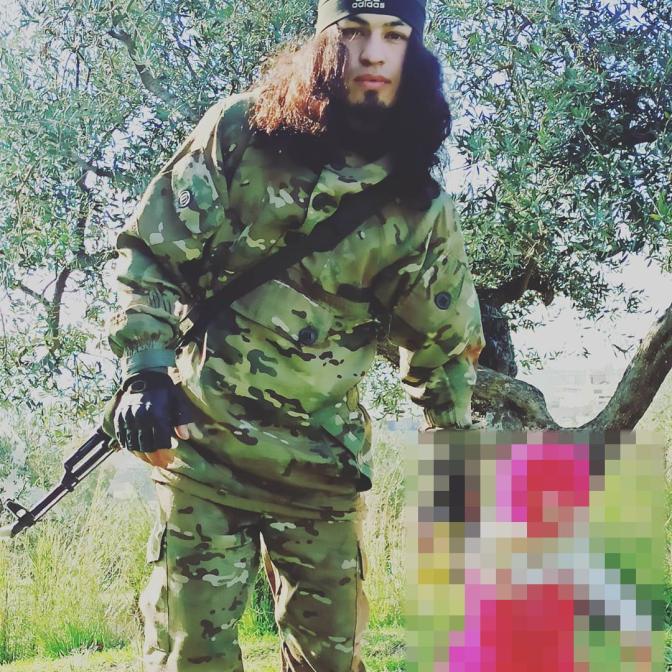
This fighter is sporting a quite unique suit. This suit appears to be based on the BARS Gorka-4, but features Multicam fabric on the entire suit as well as button closures on the sleeve pockets where Velcro is used on authentic BARS suits. This suit was likely made in Idlib, but it appears to be of a much higher quality than most locally made suits.

Visible behind the fighter in the foreground is a fighter wearing an SSO Gorka-P. The suit can be easily identified by both its coloration and the drawstring on the back of the hood. Imarat Kavkaz is a group hailing from the Northern Caucasus region (largely controlled by the Russian Federation). SSO is a large Russian military clothing and equipment company that produces equipment for the Russian military as well as for civilian markets. This suit was likely smuggled across the Turkish border into Idlib.

This suit appears to be a cheap clone of the BARS Gorka-3. The craftsmanship appears to be on par with Russian standards, and the cut and fit is very similar to an authentic Gorka-3, but the coloration is vastly different than that of an authentic BARS suit. Due to the craftsmanship shown on this suit, it is likely a cheap Russian suit imported through Turkey.
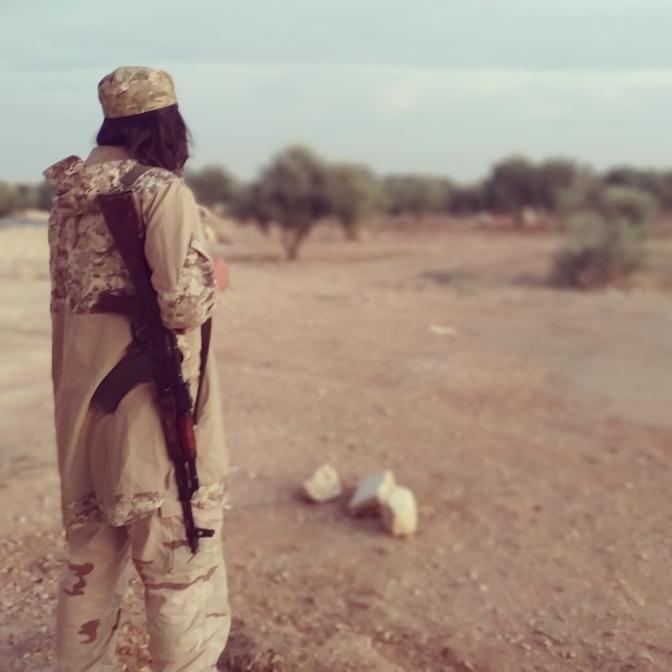
This gorka jacket is a particularly interesting case, as it has been cut in the style of a traditional Muslim shirt/gown. It also features a digital arid camouflage pattern on the nylon panels.
This suit, according to the fighter wearing it, is Ukrainian made and cost him $120. This claim of origin is easily verified by the tag pictured, which lists the suit’s Russian military sizing, as well as the craftsmanship of the suit, which appears on par with authentic Russian suits.
What styles of Gorka are for sale in Idlib?
Using Freelancer’s access to Telegram-based equipment bazaars in Idlib, we have provided a few examples of both locally made and imported suits to show you:
This locally made suit, listed for $25, is cut similarly to a BARS Gorka-3, and features Multicam nylon panels.
This locally made suit, listed for $35, features a slightly different sleeve pocket layout than the typical Gorka-3 copies, and has nylon panels in what is likely a copy of Kryptek Altitude.
This locally made suit, listed for $20, appears to be in the same cut as the “Kryptek Altitude” suit above. It features a darker canvas material and Multicam nylon panels.

This suit, listed for $100, appears to be an import based on the price as well as the hardware, although it is likely made by one of the aforementioned off-brand Russian companies based on coloration. Imported suits are almost always significantly more expensive (and higher quality) than locally made copies.
This suit, with a comically large hood, features a digital arid camouflage pattern on the nylon panels as well as Velcro fields on the chest and sleeves for attaching patches to the suit.
This suit is particularly interesting in its inclusion of a 1/4 length zipper on the front. It’s probable that this was a design cue taken from modern “combat shirts”, which have become more and more prevalent in Idlib. The sleeve pockets are covered in Velcro, which is a design cue also common to many combat shirts. This suit appears to be of slightly higher quality than other locally made suits, but the price was not listed on the Telegram channel it was for sale on.
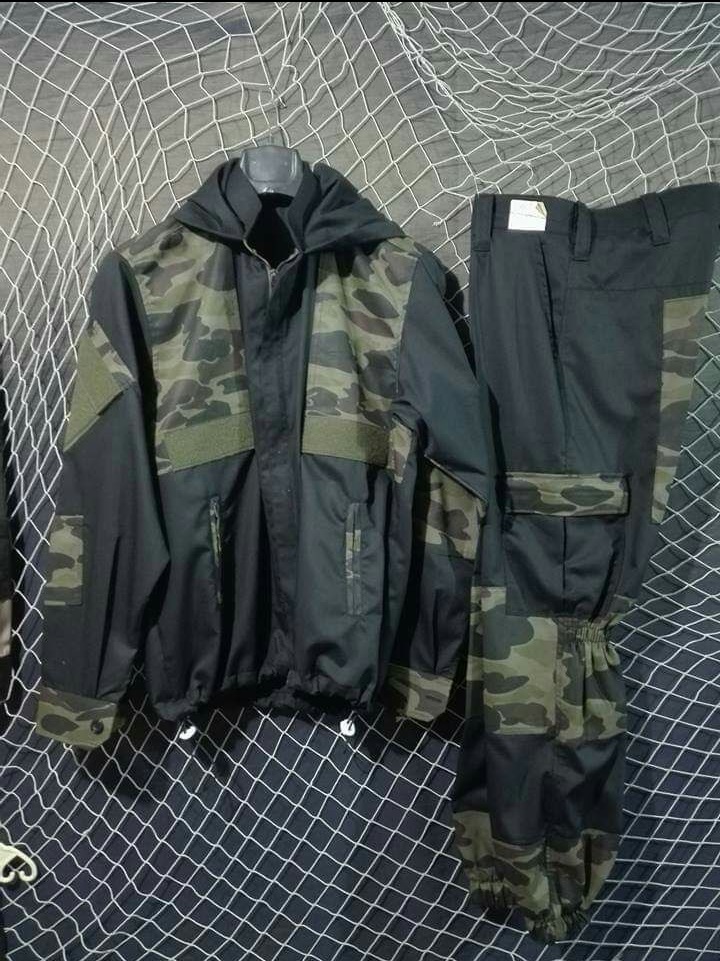
This suit, made out of what appears to be lighter fabric than the standard canvas material, features a “duck hunter” style pattern. This style of pattern is not commonly seen in Syria, which leads me to believe that the fabric used for this suit was likely re-purposed from a more “fashionable” source. The suit also features a zipper instead of buttons, a relatively rare design choice that is not seen on authentic Russian suits. Velcro fields are included on the sleeves and chest.
In conclusion…
The commonality of the Gorka suit in Idlib tells us many things. It shows us that contrary to popular belief, Syrian militants do indeed care about the equipment they use, and that they’ll go to great lengths to acquire gear that works for them. It makes it clear how great of an influence Russian-speaking fighters have had on the war, as the equipment they brought from previous wars in the Caucasus has become incredibly popular. The creativity of Idlibi craftsmen, and the rationale by which they produce copies of (and modify the designs of) Russian Gorka suits is an amazing testament to the resourcefulness of the region, a critically understudied aspect of the war.
